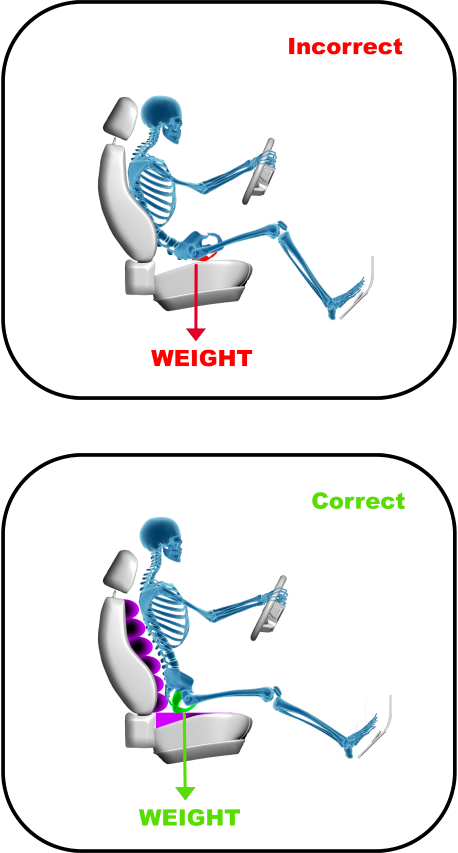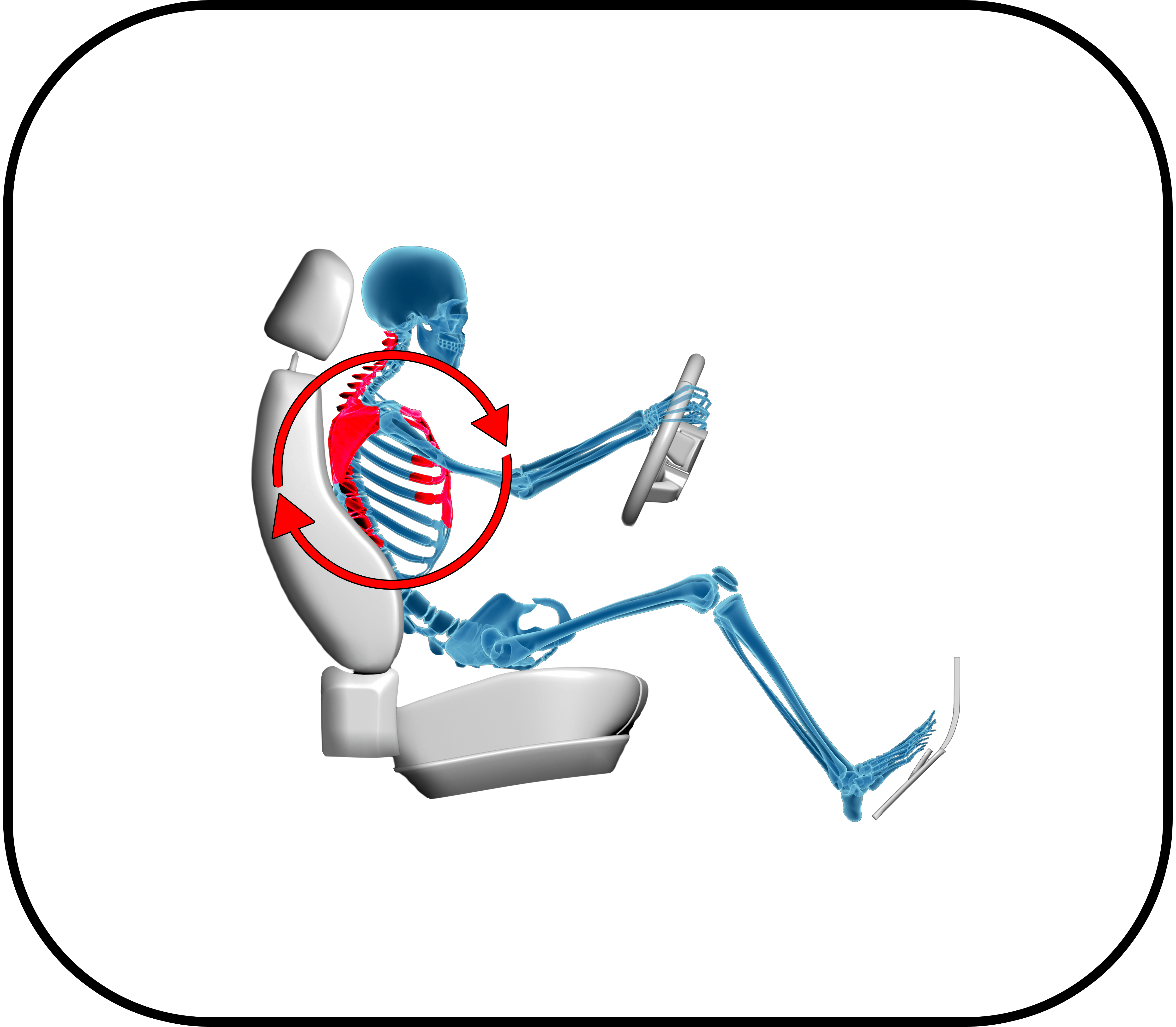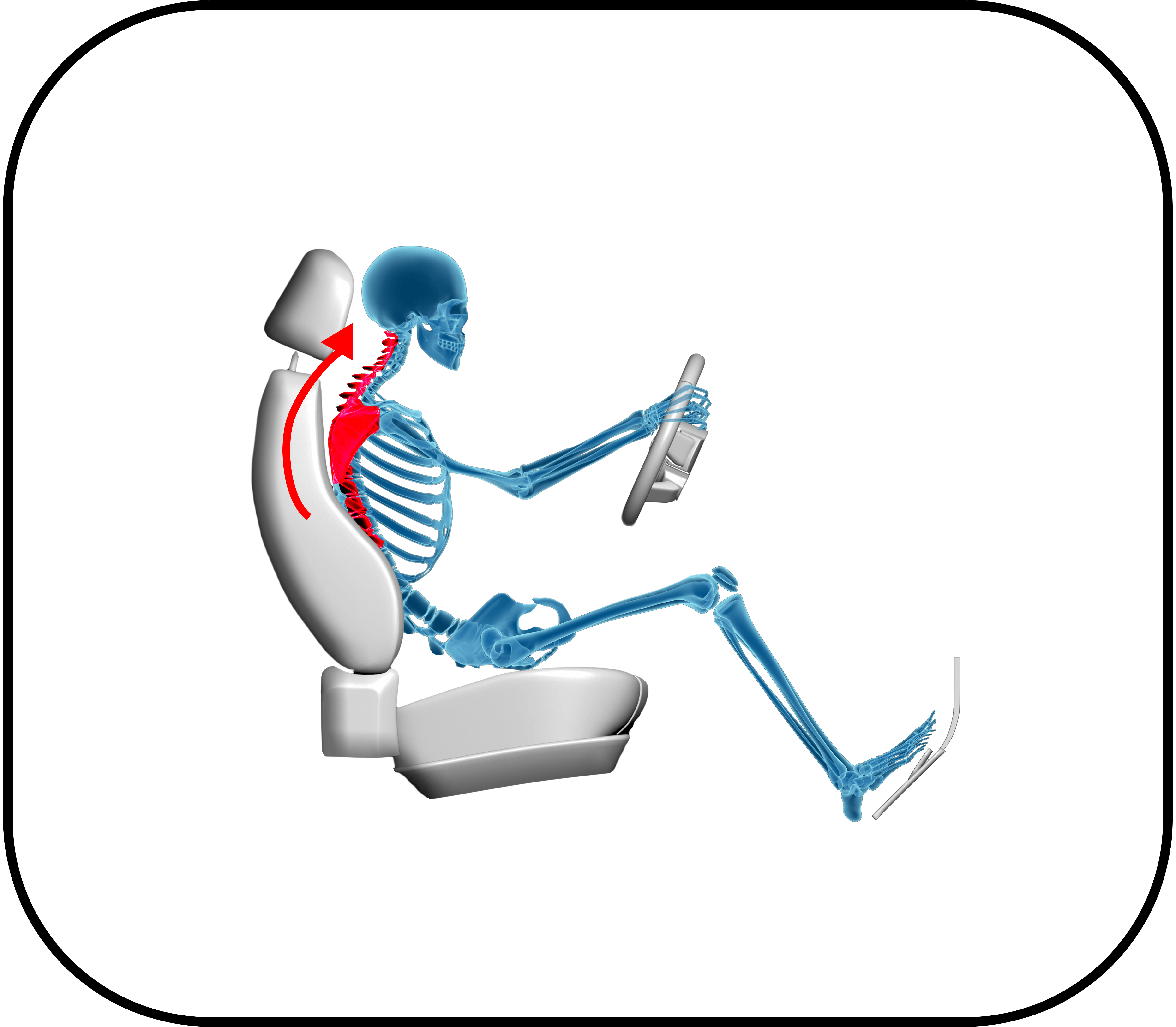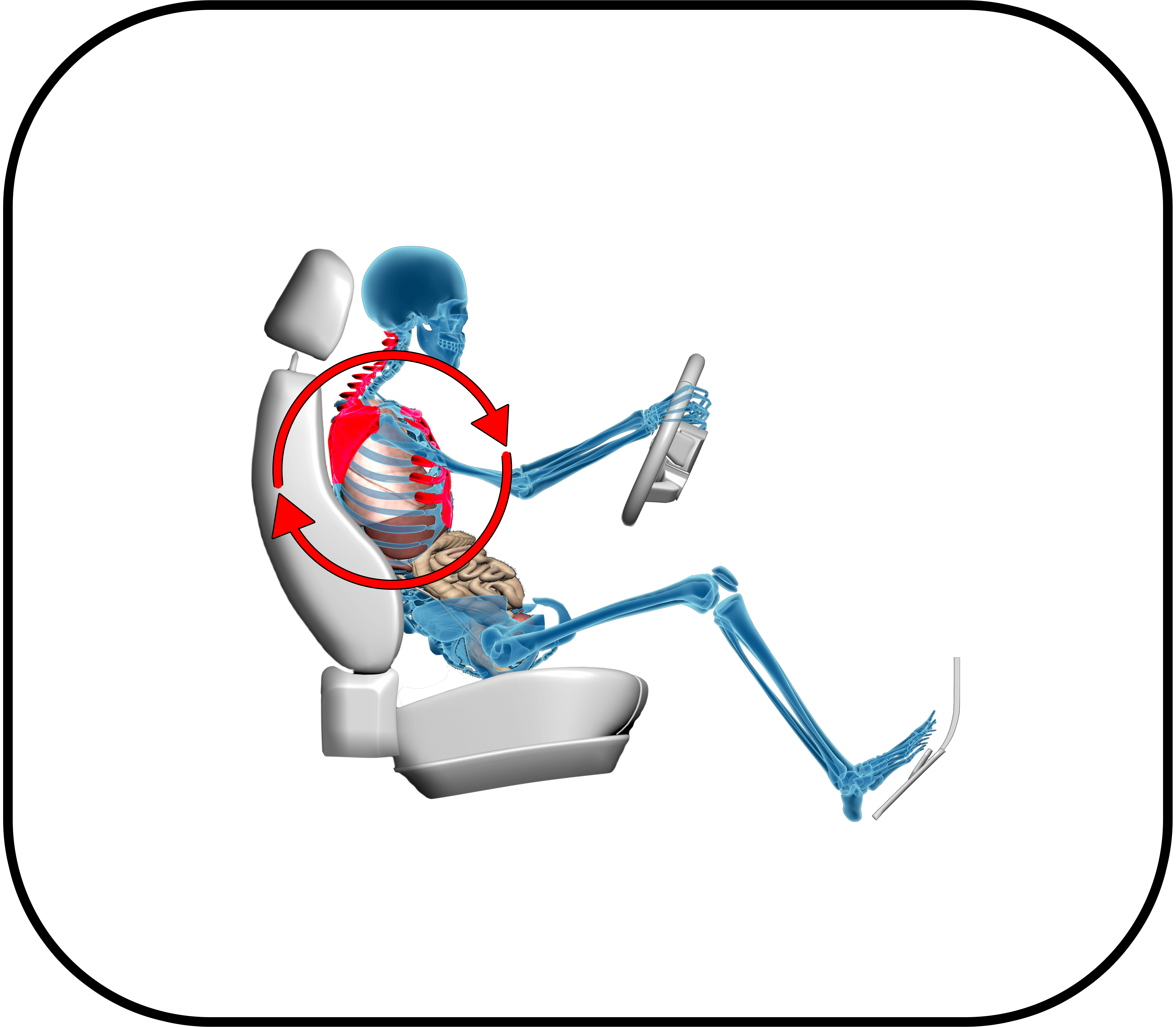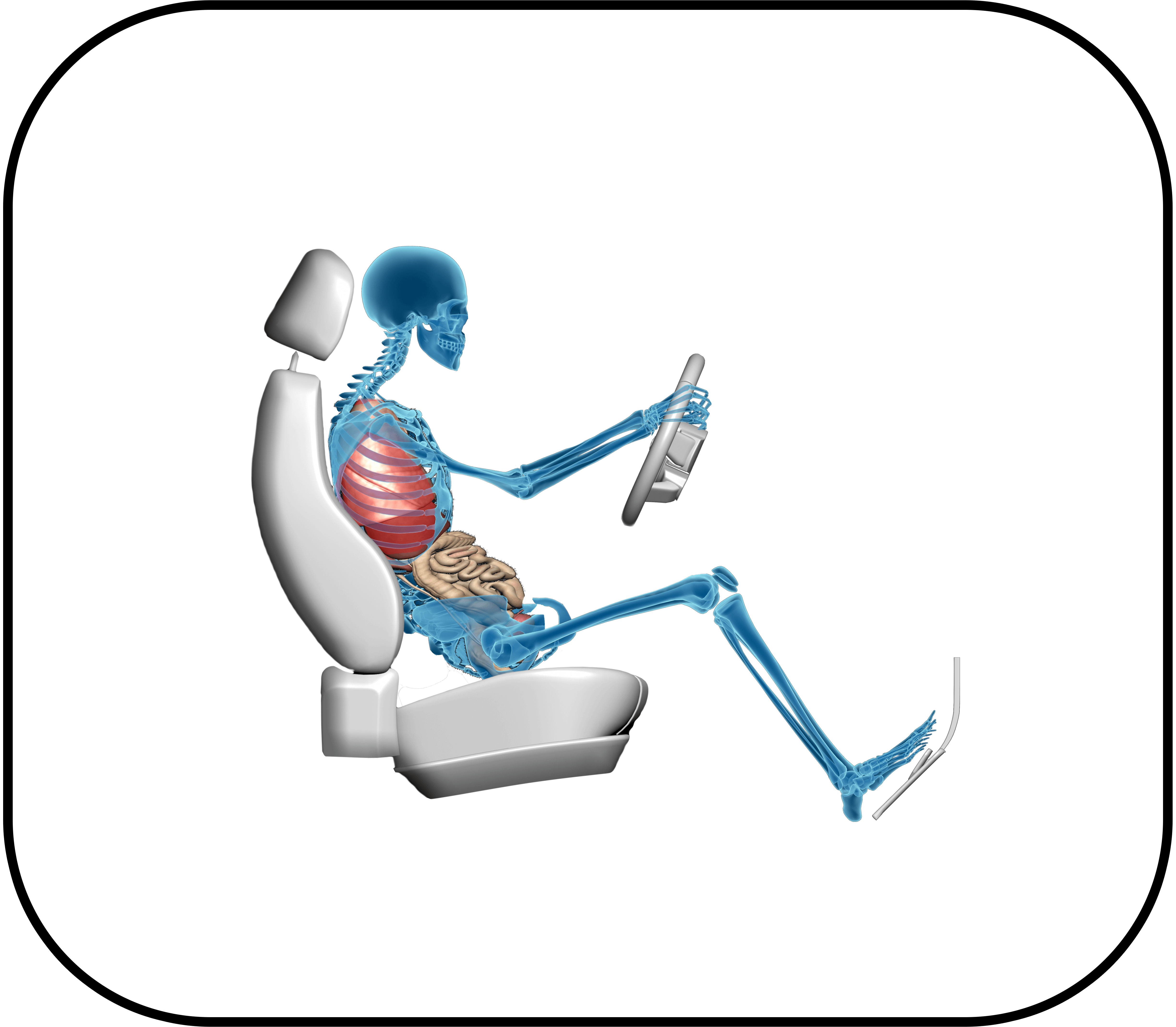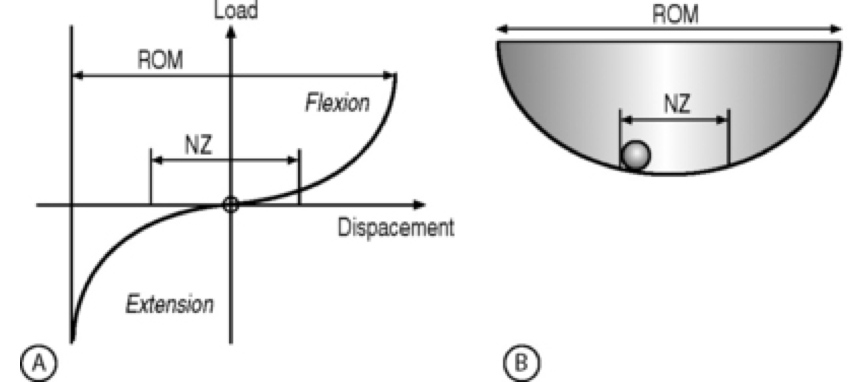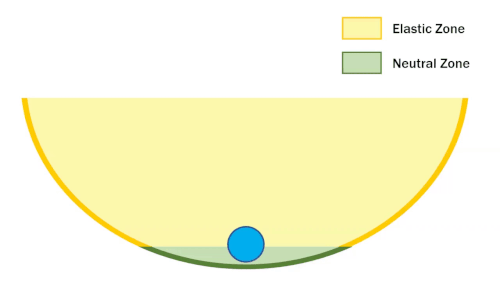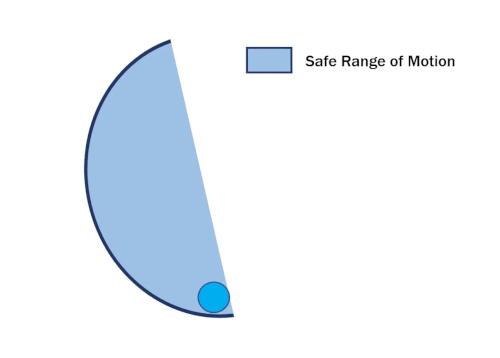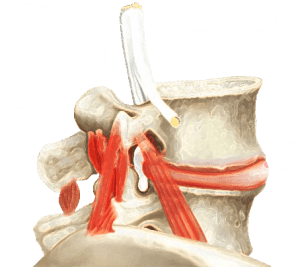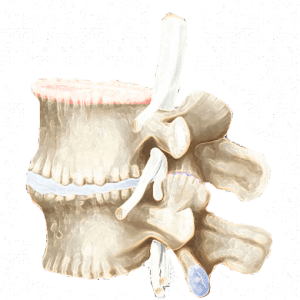Get Educated
Back Pain: A Product of Our Environment?
Many of us may consider back pain to be a product of aging, as opposed to a product of our environment.
So why do so many other tribal cultures across the globe have thriving spinal health at an age where 80% of individuals from developed, industrial countries experience back injuries and chronic pain[8]?
This may be due to the characteristics of our culture; it is all about the way we live our lives and treat our bodies. Our sedentary lifestyle may cultivate a susceptibility to musculoskeletal disorders, premature disc degeneration, and chronic muscle and joint pain.
YOU are built to MOVE.
Here Are Some Findings
Truck drivers spend up to 11 hours per day seated, and consequently, suffer the most lower-back injuries compared to any other demographic. In fact, 58% of all workers’ compensation claims come from the trucking industry [9].
The seats these drivers are subjected to may force the spine into compromising positions, which inherently results in back pain and injuries.
Former Mayo clinic physical therapist Dennis Zacharkow’s research demonstrates that just adding lumbar support will not resolve the issue. [10] In fact, just adding lumbar support can cause harm. Sacral support is the most important feature for preventing a herniated lumbar disc from driving.[17]
See Pelvic Support Slide Reel Below for Examples of Stacked Alignment vs Collapsed Alignment
As mentioned, lumbar support may actually do more harm to your spine, than good.
When adding lumbar support to your seat, not only are you creating another exaggerated curvature in your spine (as shown in slides above), but you are also allowing your hips and pelvis to rock back and forth without any supporting forces to assist in holding you upright.
More scientifically: by only providing lumbar support, you are only supporting the spine above the sacral joint, which allows the sacrum and pelvis to independently shift or rock from its level position with every vibration or movement.
This forces the surrounding muscles and stabilizers to constantly contract and “grip” in order to keep the body still, and upright.
To fully stabilize the spine and mitigate pain, there MUST be levelling support to the Sacrum; this holds the pelvis in the correct, in-line position, without over-straining the surrounding stabilizing muscles and ligaments.
Once fully stabilized, the sacrum and pelvis serve as a solid foundation for building increasing support and stabilization through the lumbar, lower thoracic, mid-thoracic, and upper thoracic segments of the spine. This gives EVERY area of your spine the support it needs to withstand the vibrations and movements in your car and is imperative in avoiding muscle fatigue and chronic pain throughout your entire spine.
The Spinaline was designed to give your muscles a break, by first stabilizing and supporting your hips AKA pelvis or sacrum, then offering buildable support across all segments of the spine from bottom to top to achieve proper alignment and active support throughout the entire spine.
It’s not just car seats; many seats used in the home, at school, or the office also force our spines into similar, structurally compromised positions.

The is the resulting shape of the spine, when seated with poor posture:
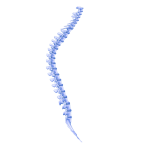
So why does this cause pain and injury?
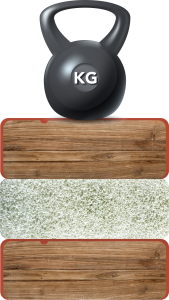
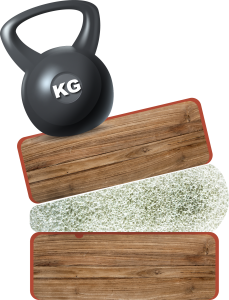
How do you think the foam would wear if you were to place
all the weight on the same side every morning?
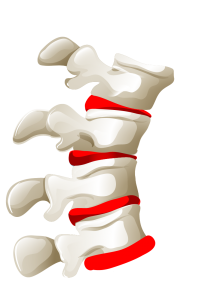
Across the globe, we see men and women within tribal countries constantly moving, working, and living their lives with some form of additional load upon their head or back.
One might assume that because these men and women regularly put excessive pressure directly onto their spine, the discs between their vertebrae would degenerate at a higher rate than someone whit sits daily; this would however be an incorrect assumption.
Esther Gokhale has done incredible hands-on research on this topic all across the globe, and has shown the narrowing and degeneration of discs with respect to age in both North America, and various tribal countries [11].


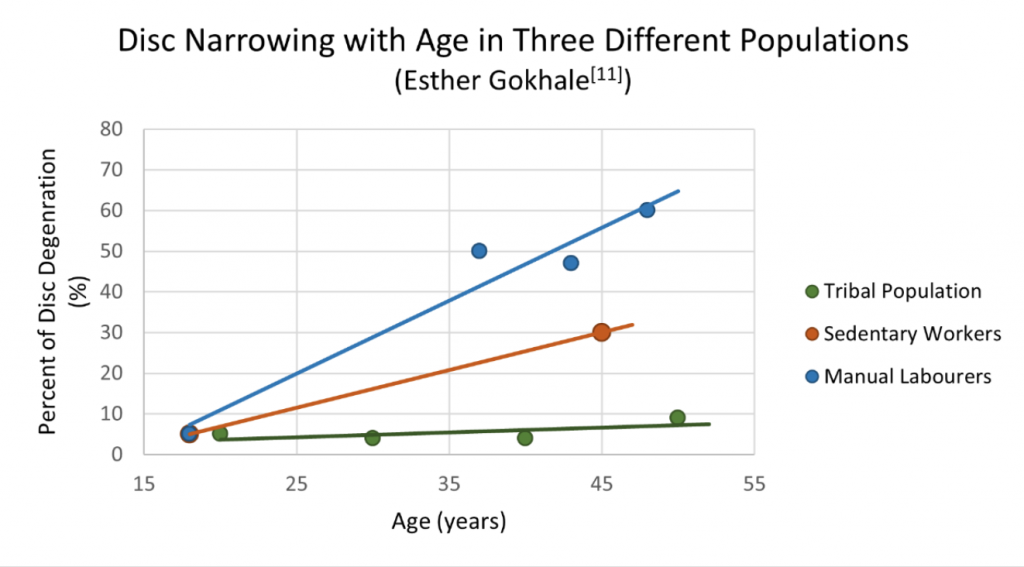

In these tribal communities, we see almost no disc degeneration or spinal disease, despite the tremendous work their spines do for them daily.
Esther G. also shows studies where oxygen consumption was measured in tribal women both while carrying, and not carrying weight on top of their heads[11]. The results showed their oxygen consumption decreased when walking with the added weight upon their heads, proving that their bodies and spines are working even more efficiently and require less energy when required to support weight, than when walking without any added weight.
So what do we need to know?
Lifting and carrying these heavy objects from such a young age allowed these men and women to strengthen their deep core muscles, and establish a naturally straight spine where discs and vertebrae stack to distribute weight evenly across the joint.
Culture
Without the opportunity to build these skills, children are subject to core weakness and lack of coordination.
Our society has taught children and adults to sit throughout the majority of the day, with short spurts of exercise or movement. This is why we see results in aging that differ from those of tribal cultures. We may see children and adults develop unnatural curvatures of the spine, and musculoskeletal disorders early on in life.
From day one, babies within tribal communities are fortunate enough to be wrapped and supported in a manner that ensures optimal strengthening and alignment of the spine. Esther G. shows how women across the globe wrap their children upon their backs, by securing their sacral support and tightly wrapping so the rest of the spine follows in a straight line[13]. This ensures the baby will develop a natural sense of proper alignment and build the strength necessary to eventually hold themselves upright.


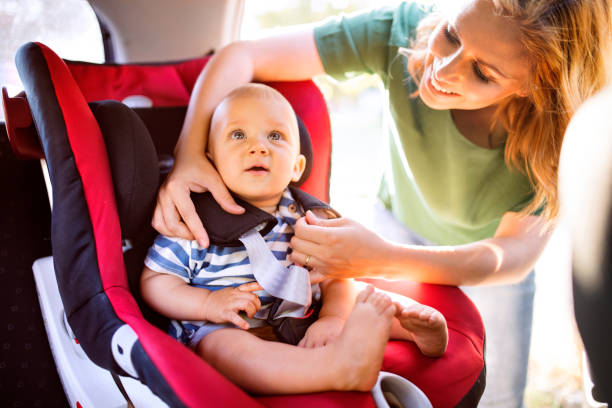

Some North American parents have tried to remedy these developmental issues, by placing babies in infant stabilization seats that push the child to sit upright, despite their spinal strength (shown on the left). As you can imagine, without the strength necessary to hold themselves up in the seat, the baby is prone to slouching; this only affirms the establishment of habitual poor posture and encourages the unbalanced and improper strengthening of the spine, leaving the child susceptible to musculoskeletal disorders.
This is an issue that could be correctible if children can be set up for optimal musculoskeletal growth, by encouraging frequent exercise and movement, and ensuring proper posture is practiced regularly.
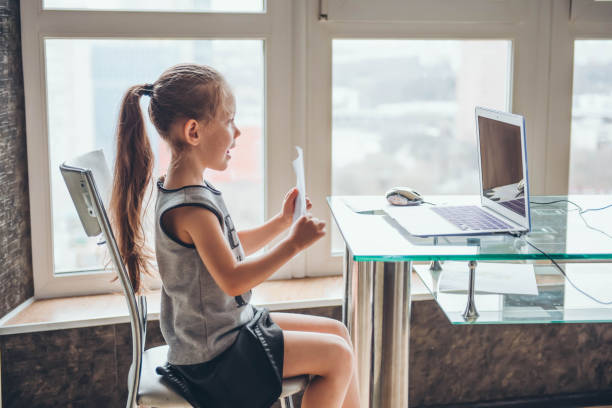

The Reality of Poor Posture
Today we see many different forms of poor posture, all of which may harm your body’s structure and constitution. Jill Miller demonstrates the frequently used, harmful positions our bodies habitually assume.


















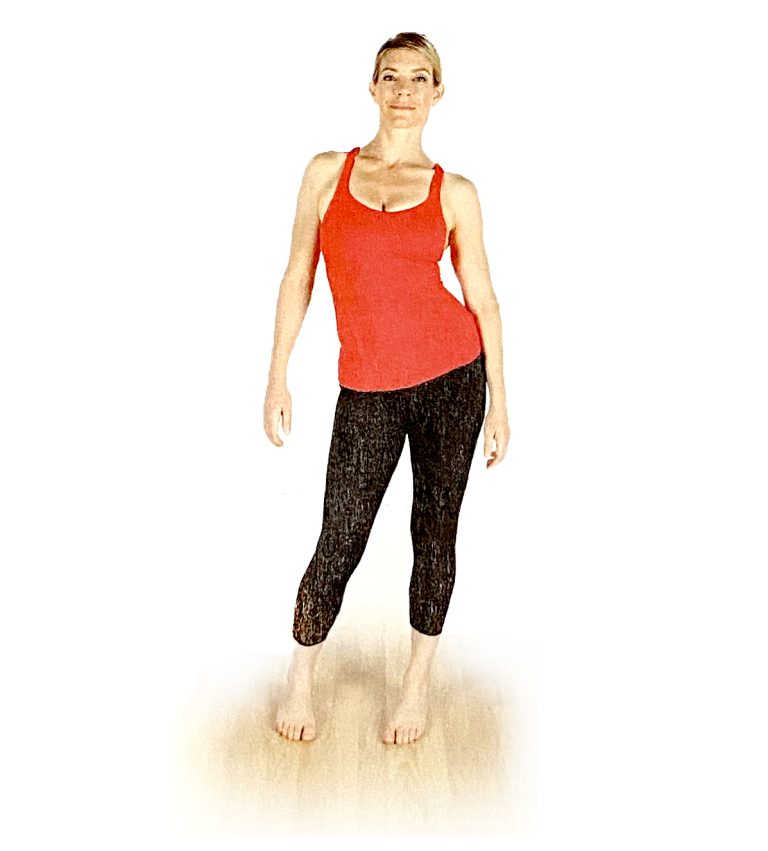


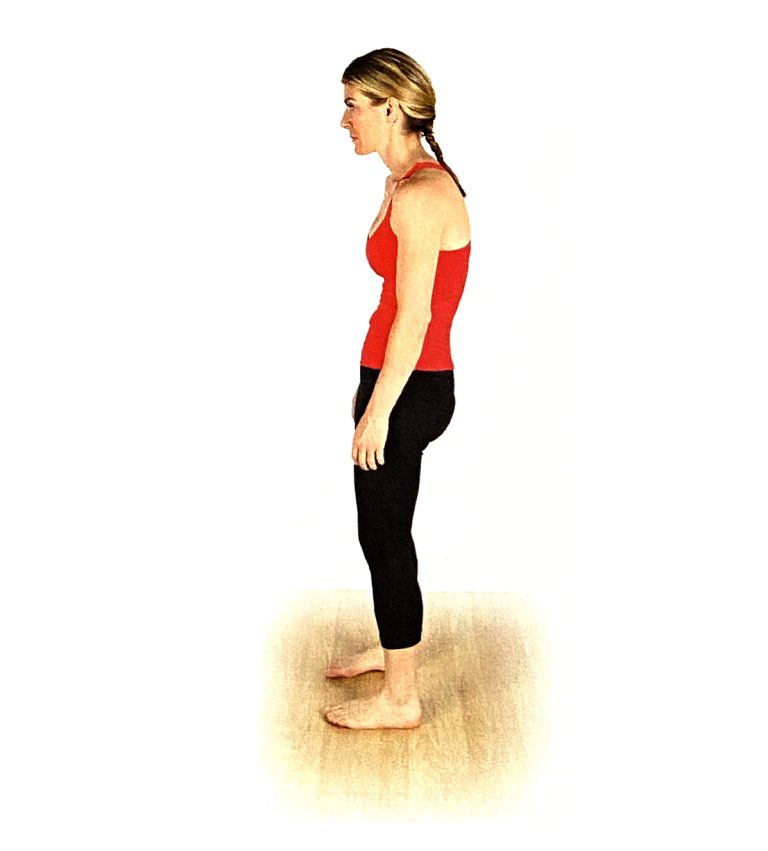




The way we sit and live within our culture has created effects such as:
- Worldwide, the number of people with disability caused by low back pain increased by 54% between 1994 and 2015.
- The number of people with back pain rose from 58.2 million in 1990 to 83 million in 2010.
- Experts estimate that up to 80% of the population will experience back pain by age 50.
- Worldwide, back pain is the single leading cause of disability, preventing many people from engaging in everyday activities.
- 31 million Americans experience low back pain at any given time.
I’s Not Just Your Bones…
As mentioned, poor posture possibly affects not only your musculoskeletal system, but also the respiratory and digestive system. Compressing the ribcage to distortion can compress your organs, and diaphragm, resulting in decreased oxygenation and difficulty with digestion.
Looking at the psychological effects, it has been proven that standing in “Power Pose”, with confident, proper posture releases endorphins into the bloodstream, while simultaneously increasing blood flow. This results in increased overall happiness and confidence [7]. In short, proper posture is the key to maintaining a happy, healthy, and active lifestyle.
The Science
1. Skeletal System
2. Muscular System
3. Fascia System
Most of us are quite familiar with your muscular and skeletal system, as they have been largely studied with the birth and growth of modern medicine.


Fascia, however, is a relatively new discovery and has only been studied within the last 8-12 years. Doctors used to breeze past this anatomical system, under the impression it served no purpose and was just an envelope of “packaging” material for the body.The fascia of course, just like every other system in your body, has a purpose and a function.
What is Fascia?
Between your layers of muscles and skin, you are surrounded by “cob-web” like connective tissue, known as fascia.
Dr. Thomas Myers does an anatomical dissection of the fascia, to show the structure and envelopment of the system (this contains some graphic content, and may not be suitable for our all viewers):
Depicted on the right, the fascial lines run throughout the entire body from head to toe in a connective structure. Dr. Myers refers to this structure as the body’s “Tensegrity”.
When naturally aligned, the connective tissues, or “tensegrity lines”, have uniform elasticity throughout. When in a curved or bent position, fascial and tensegrity lines and begin to pull and compress asymmetrically. Because the fascia extends throughout the body, any unwanted tension, or imbalance within the system can adversely affect any other part of the body and create chronic pain.
Dana Sterling, chronic pain expert, shows how fascia restrictions affect the mobility of the body: (Injuries from referred areas):
Dr. Thomas Myers shows how repetitive strain or tearing of fascia affects the overall elasticity and resilience of the body:
So what does it all mean?
By now we know that sprain, tears, breaks, and musculoskeletal disorders can cause chronic pain. This is obvious, and can be seen by modern medical imaging, but what about Fascia?
Dana Sterling shows what CAN’T be seen on medical imaging, could be the answer to solving your chronic pain problem. Click the link below to hear her UNBELIEVABLE success stories for non-surgical pain relief:
A Solution: A Proper Posture
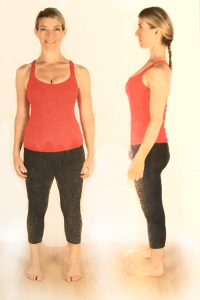

Jill Miller shows what proper, natural posture should look like
Choose a product that will customize your support to your changing needs.
WE’VE GOT YOUR BACK!
References
[7] D.R Carney, A. Cuddy, A. J. Yap “Power posing: Brief Nonverbal Displays Affects Neuroendocrine Levels and Risk Tolerance”, Psychological Science. [Online]. Available: https://journals.sagepub.com/doi/full/10.1177/0956797610383437. [ Accessed 30 Dec, 2020]
[8] J. K. Freburger, G. M. Holmes, “The Rising Prevalence of Chronic Low Back Pain”, Arch Intern Med, 2002. [Online]. Available: https://www.ncbi.nlm.nih.gov/pmc/articles/PMC4339077/. [Accessed 17 07 2016].
[9] Truck News “The trucking industry’s musculoskeleton in the closet”, TruckNews.com 2012. [Online]. Available: https://www.trucknews.com/health-safety/the-trucking-industrys-musculoskeleton-in-the-closet/1000936796/. [Accessed 17 07 2016].
[10] D. Zacharkow, “Lumbar Support increases the Risk of Developing a Herniated Lumbar Disc”, YogaBack, 2015. [Online]. Available: http://www.yogaback.com/3-reasons-to-avoid-driving-with-lumbar-support.html. [Accessed 17 07 2016].
[11] E. Gokhale, “walk this way”, GokhaleMethod.com, 2014. [Online]. Available: https://gokhalemethod.com/video/walk_way_ihmc_presentation. [Accessed 17 07 2016].
[12] K. Porter, “Born to Move”, kathleenporter.com, 2016. [Online]. Available: https://vimeo.com/ondemand/borntomove. [Accessed 17 07 2016]
[13] E. Gokhale, “Demonstrating carrying a baby on the back”, GokhaleMethod.com, 2014. [Online]. Available: https://gokhalemethod.com/video/esther_demonstrating_carrying_baby_back. [Accessed 17 07 2016].
[14] J. Miller, “The Roll Model”, Victory Belt Publishing, Las Vegas, NV, 2014. tuneupfitness.com
[15] D. Hoy,L. March, P. Brooks, F. Blyth, A. Woolf, C. Bain, G. Williams, E. Smith, T. Vos, J. Barendregt, C. Murray, R. Burstein, R. Buchbinder “The global burden of low back pain: estimates from the GLobal Burden of Disease 2010 study”, BMJJournals, 2014. [Online]. Available: https://ard.bmj.com/content/73/6/968.info. [Accessed 17 07 2016].
[16] Jensen M, Brant-Zawadzki M, Obuchowski N, et al. Magnetic Resonance Imaging of the Lumbar Spine in People Without Back Pain. N Engl J Med 1994; 331: 69-116. Avaialble: https://pubmed.ncbi.nlm.nih.gov/8208267/
[17] Zacharkow, D.: Driving with Sacral Support: The Key to Preventing a Herniated Lumbar Disc. 2013





